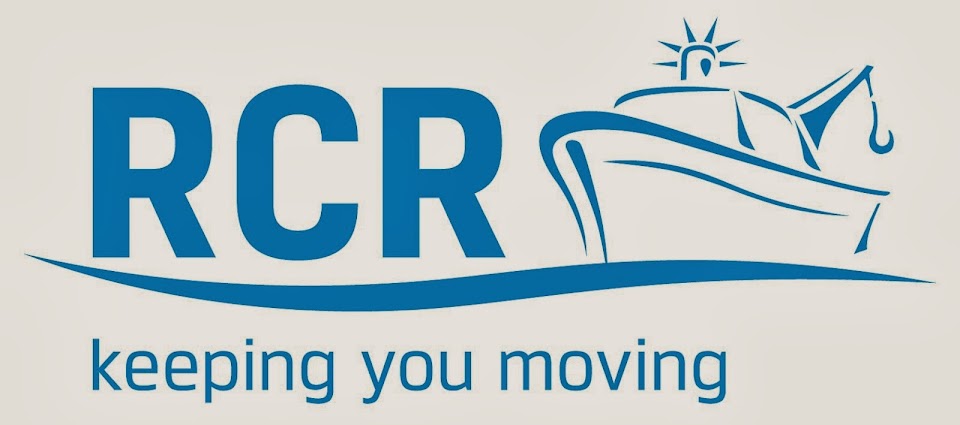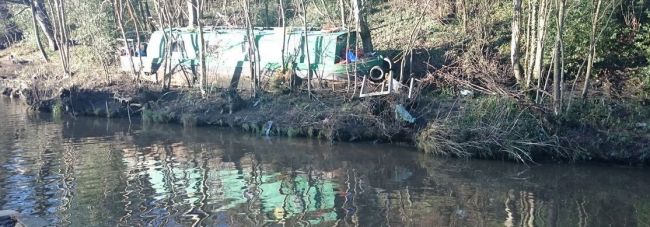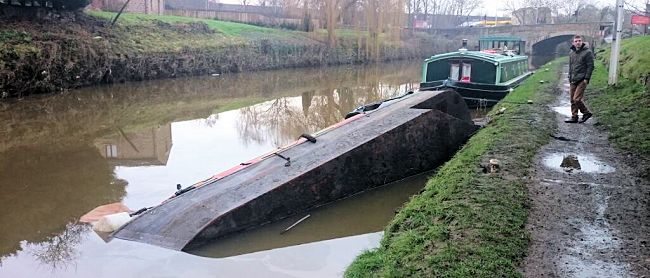Flooding was once
termed a ‘weather event’, but as it continues to occur with increasing regularity,
River Canal Rescue is advising how to safeguard boats and minimise the impact and
subsequent damage caused by a deluge.
Managing director,
Stephanie Horton, comments: “Check ropes and build in some slack to accommodate
changes in water levels. Tight ropes can be a real hazard; if water levels rise
or fall they will cause the vessel to list, potentially putting the outlets
under water, resulting in water ingress.
“Some mooring
locations can place a vessel in danger, particularly where water levels
fluctuate. Although it can be impossible to choose where to moor when a river
is in flood, it’s worth taking time to check the bank and identify what the
underwater bed is like. If there’s a steep fall or shallow bank, when the water
recedes, the boat will list. In addition, consider the flow of the water and
how it will affect the mooring – will it push or pull the boat and could it
cause problems with other mooring points? Several boats sunk in the recent
floods because they were subject to water level changes which left them at an
angle with outlets allowing water in.
“Keep drain holes
clear by regularly cleaning them out; over time they can become blocked with
debris and corroded. If this happens, water may leak into the engine
compartment and the alternators and starter motors, affecting charging and starting.
If the bilge pump is manual, or the automatic pump fails due to a low running
battery (which happens when worked continuously), the engine room could fill
with water.
“Ensure bilge pumps
are working and install an automatic float switch. All bilge pumps provide some
protection from water ingress but only ones with an automatic switch will
protect the vessel if you’re not around. Bilge pumps without an automatic
switch are reliant on the owner manually turning them on. Unfortunately, most
of the boat sinkings we attend are for vessels with manual pumps; had a switch
been present, I suspect in many cases, they would still be afloat.
“Top up your battery.
If you’re leaving your vessel for any period of time, it’s vital the battery is
in a good condition with a good level of charge. If you have an automatic bilge
pump, its operation is reliant on the battery; most batteries with a good
charge can operate a pump for a week to 10 days. To charge the battery,
frequently run the engine for a minimum of one to two hours. It’s also worth
finding out how long your battery will last on continuous use so if there is
heavy rain, you can gauge how often to visit the boat.”
River Canal Rescue runs
a series of boat & engine maintenance and electrics courses at Alvechurch
Marina, near Birmingham, throughout the year, or its team can run courses
anywhere in the country,. To find out more visit http://www.rivercanalrescue.co.uk/courses/

 been sunk, stranded ashore or damaged. River Canal Rescue River reports (8th January) that it’s been inundated with calls to help raise and refloat sunken craft and remove vessels that have been swept onto land or each other by unprecedented water levels and are now trapped. The breakdown and assistance firm is currently dealing with 20 cases and notifications are coming in on a daily basis from agencies and boat owners across the UK. The widespread damage to the canal and river networks in Yorkshire, Lancashire and Greater Manchester, particularly the Aire, Calder, Hebble and Rochdale canals, has resulted in a concentrated area of devastation spanning 20-30 miles.
been sunk, stranded ashore or damaged. River Canal Rescue River reports (8th January) that it’s been inundated with calls to help raise and refloat sunken craft and remove vessels that have been swept onto land or each other by unprecedented water levels and are now trapped. The breakdown and assistance firm is currently dealing with 20 cases and notifications are coming in on a daily basis from agencies and boat owners across the UK. The widespread damage to the canal and river networks in Yorkshire, Lancashire and Greater Manchester, particularly the Aire, Calder, Hebble and Rochdale canals, has resulted in a concentrated area of devastation spanning 20-30 miles.




